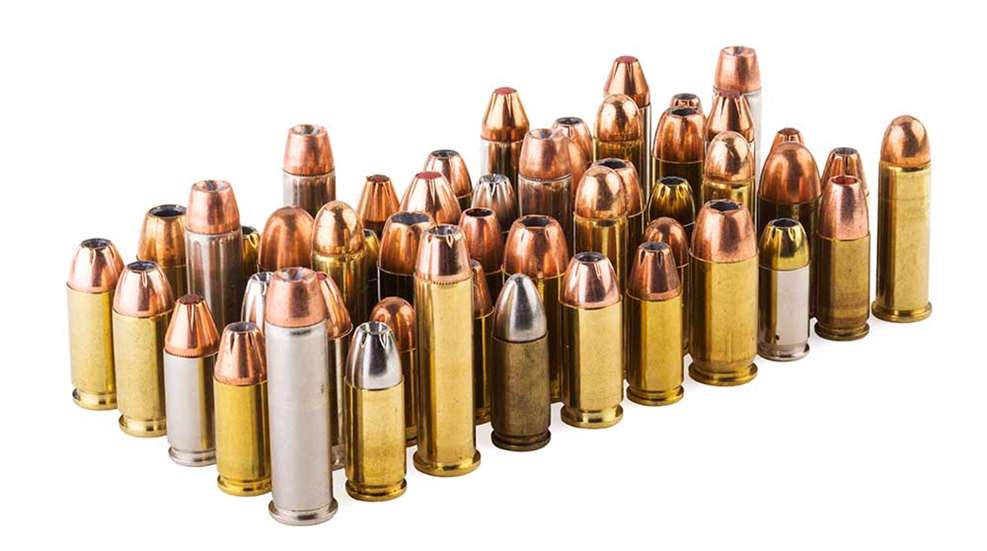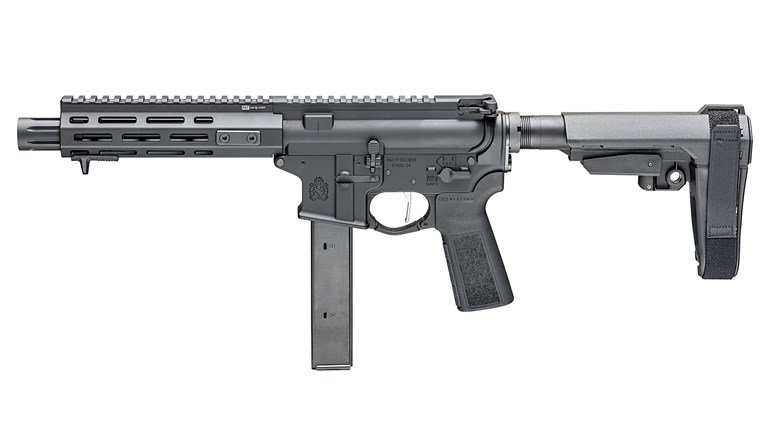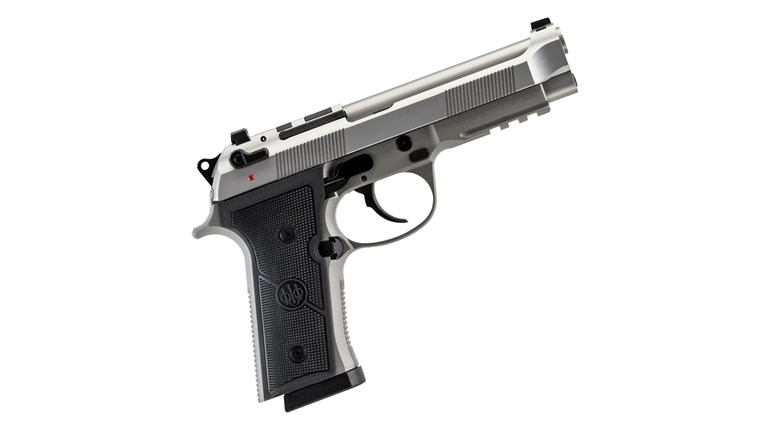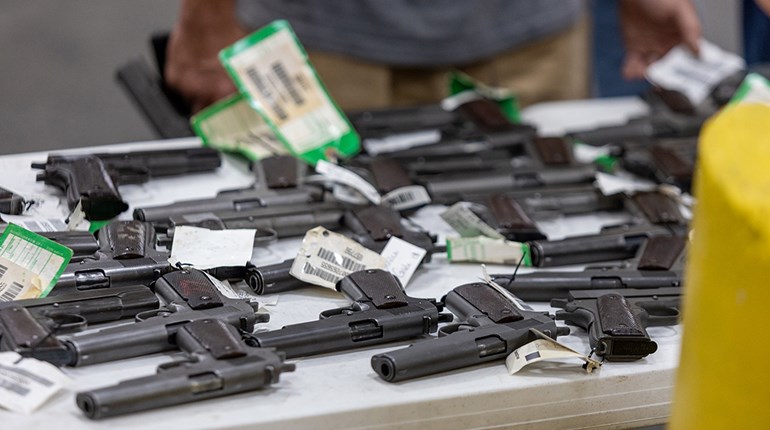
There’s nothing a handgun can do that a rifle can’t do better. Clint Smith voiced the wonderfully resonant phrase, “Use your pistol to fight your way back to the rifle rack.” But there has never been a rifle you can readily carry—on your person—to a family gathering, restaurant or office. Rifles are long, awkward, heavy and human nature will invariably drive you to a semi-auto or revolver when a gun really needs to be there. This latter status of greater portability and complete concealability makes the handgun the best choice for a personal firearm. An enormous amount of effort has gone into finding the ideal handgun and cartridge combination, and it seems that 9mm handguns have come out on top, for the most part.
The first combat-effective handgun cartridges were the early rimfires. Originally designed for use in various lever guns, the most common fighting ones were .44s. Larger effective centerfires came in the early 1870s and one of them, the .45 Colt, is still in active use with sportsmen. By the end of the Frontier era at the last part of the 19th century, fighting men in police, civilian and military circles chose from a good array of big-bore revolvers. Calibers were various .45s and .44s, as well as other medium- and small-bores. It was pretty much the same way around the world, although Europeans were more quickly inclined to leave the big-bore rounds. It was also the advent of two major innovations in firearms: smokeless powder and semi-automatic pistols.
Smokeless was less bulky and burned efficiently enough to produce good results in smaller cartridges. Reliable semi-automatic pistols existed just before the turn of the 19th to the 20th, but not in great numbers. As the century progressed, so did the semi-automatic handgun—exponentially. By the end of the 20th century, the popularity of the two handgun types had reversed. This shift in interest is significant for this discussion because some of the most important cartridges simply did not exist at the beginning of the 20th century. We are not really concerned with cartridges that are specialized in their use, including those so-called “magnums” that have specialized appeal for sportsmen. Conversely, there is no wide significance to small cartridges that may be useful in so many ways, but have no relevance in the combat sense. Handguns were conceived almost exclusively for combat purposes, and their ammunition followed suit.
At the turn of the century, Smith & Wesson introduced a firearm that looms large in company history. The Military & Police Model revolver was made in the millions and is still in the catalog. The foundation for many other models, that old M&P was often chambered for a new rimmed revolver round called the .38 Spl. It should have been called the .38 ROW (Reliable Old Workhorse), because that’s exactly what it is. Generations of American cops used the cartridge. When it faded a bit in the 1970s, ammo makers gave it a shot of (+P) penicillin, and it went back to work. Modern bullet engineering has kept it out there along the leading edge. Interestingly, another revolver round that made good was derived from the .38 Spl.—the .357 Mag.
The 1935-vintage .357 was the first magnum, and it’s had a great career in law enforcement and personal-defense work. It began as a sportsman’s cartridge, and was quickly accepted by law enforcement. Stout recoil and pronounced muzzle blast are about the only reasons the .357 Mag. did not supplant the .38 Spl. as the 20th century police-revolver cartridge. Reports of the .357 Mag.’s over-penetration have been greatly exaggerated.
For Americans who stoutly believed we got it right with the first service pistol cartridge (the .45 Colt) and hurt when we dropped it for an early .38, 1911 was a dream year. Army Ordnance, Colt Firearms and John Browning came together in the legendary Colt 1911 pistol. Most handgunners are aware of what happened with that one, but what happened to the cartridge is equally relative. The classic .45 ACP put an effective fight-stopping cartridge into the gun. It started in the year 1911 and officially ended military service in 1985, but unofficially continues to this very day. Used in so many semi-autos (and some revolvers) of various brands, as well as several million submachine guns in World War II, the .45 ACP is an American institution. I would be tempted to seriously consider another American pistol cartridge, but its relative youth prevents taking the .40 S&W seriously—yet. A size, power and capacity compromise, the .40 S&W is about a quarter-century old, and it still remains a popular option for defensive handgunners.
However, through it all, it seems that the 9mm has come out in the end as the cartridge of choice for most civilian shooters and government agencies. Originally made for German Navy Lugers in 1904, the 9mm is currently the most widely produced and sold pistol cartridge in the world. Used by many nations before World War I, it was used by almost all by the end of World War II. The Soviet bloc was not then involved in this, but now makes millions of rounds of ammunition and some pistols.When a gunmaker in current times introduces a new model semi-auto, it invariably chooses the 9mm as the first chambering. The round might have lost ground in the aftermath of World War II, but its adaptability to double-column magazines gave it new homes in the gun magazines of all those “Wondernines” of the ’80s and beyond. Ammunition with heavier bullets makes today’s 9mm ammo vastly different from the 115-grain ball of 30 years ago. I have to admit the little round has many charms. Of all the centerfire cartridges, the 9mm is easiest to learn with and hit with. I take no particular joy in all of this, but you cannot deny the significance of what has happened. There is one hell of a lot of 9mm going through our fightin’ iron.






































